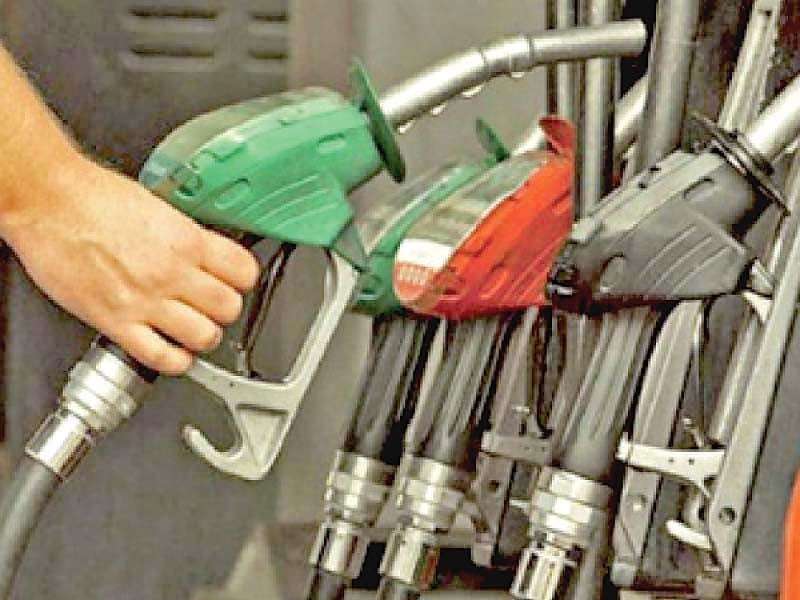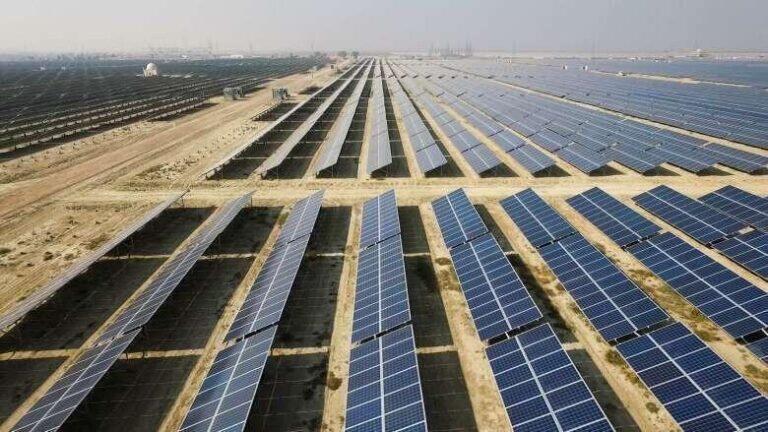
|
Getting your Trinity Audio player ready...
|
Rising Fuel Prices: A Persistent Challenge
Pakistan is bracing for another increase in petroleum product prices starting from November 16, 2024, due to global market fluctuations. This anticipated hike comes as a significant concern for consumers already grappling with economic pressures.
Global Oil Price Trends
Recent Market Dynamics
Global oil prices have experienced minor fluctuations recently. Brent crude futures slipped by 1% to $71.82 per barrel, while US West Texas Intermediate (WTI) saw a slight increase, closing at $68.07 per barrel. Despite these minor changes, crude oil prices have dropped approximately 25% over the past month, indicating ongoing adjustments in the international market.
Impact on Local Prices
According to Express News sources, petroleum product prices in Pakistan are expected to rise by up to Rs 6 per liter for the next 15 days. The price breakdown is as follows:
- Petrol: Projected to increase by Rs 2.50 per liter.
- High-Speed Diesel (HSD): Expected to rise by Rs 5.91 per liter.
- Kerosene Oil: Anticipated to become Rs 5.54 per liter more expensive.
- Light Diesel Oil (LDO): Could see an increase of Rs 5.90 per liter.
Factors Influencing the Price Hike
Control Over Fuel Smuggling
Market talk suggests that the significant increase in demand for diesel partly stems from tighter control over fuel smuggling from neighboring Iran. This control has led to a greater reliance on legal fuel supplies, thereby increasing local demand and prices.
Oil Companies and Regulatory Processes
Sources indicate that oil companies have already submitted their price calculations to the Oil and Gas Regulatory Authority (OGRA). OGRA will forward the price workings to the government on November 15, 2024, for final approval in consultation with the Prime Minister.
Government Levies and Taxes
The government currently imposes a fixed tax of Rs 76 per liter on both petrol and HSD. This includes a Rs 60 petroleum development levy and Rs 16 in customs duty. These taxes significantly impact the final retail price of petroleum products.
Impact on Households and Businesses
Current Price Levels
As of now, the ex-depot prices for petrol and HSD stand at Rs 248.38 and Rs 255.14 per liter, respectively. The latest price adjustment on October 31 has already put a strain on household budgets, making further increases particularly concerning.
Historical Price Trends
Over the past few months, petrol’s average price has risen from $75.6 to $77.2 per barrel, while HSD has increased from $83.6 to $88 per barrel. Additionally, the import premium on petrol has surged to $9.80 per barrel, contributing to the higher local prices.
FAQs About Fuel Prices in Pakistan
1. Why are petrol prices increasing in Pakistan?
The increase in petrol prices in Pakistan is primarily due to global market fluctuations, increased demand for diesel, and the government’s fixed taxes on petroleum products.
2. How are petrol prices determined in Pakistan?
Petrol prices in Pakistan are determined by global oil prices, local demand and supply dynamics, and government taxes and levies. Oil companies submit their price calculations to OGRA, which forwards them to the government for final approval.
3. What impact do higher petrol prices have on the economy?
Higher petrol prices can lead to increased transportation and production costs, which can, in turn, drive up the prices of goods and services. This can contribute to inflation and reduce consumer purchasing power.
4. What measures can consumers take to cope with rising fuel prices?
Consumers can adopt fuel-saving practices such as carpooling, using public transportation, maintaining vehicles for better fuel efficiency, and planning trips to minimize fuel consumption.
5. How often are petrol prices adjusted in Pakistan?
Petrol prices in Pakistan are typically reviewed and adjusted every 15 days, based on global oil price trends and other market factors.
Conclusion
The anticipated increase in petrol prices in Pakistan underscores the country’s vulnerability to global market fluctuations. With households already feeling the pinch from recent price adjustments, the upcoming hike is likely to exacerbate financial pressures on consumers. As the government and regulatory authorities work to finalize the new prices, understanding the factors driving these changes is crucial for both policymakers and the public.






